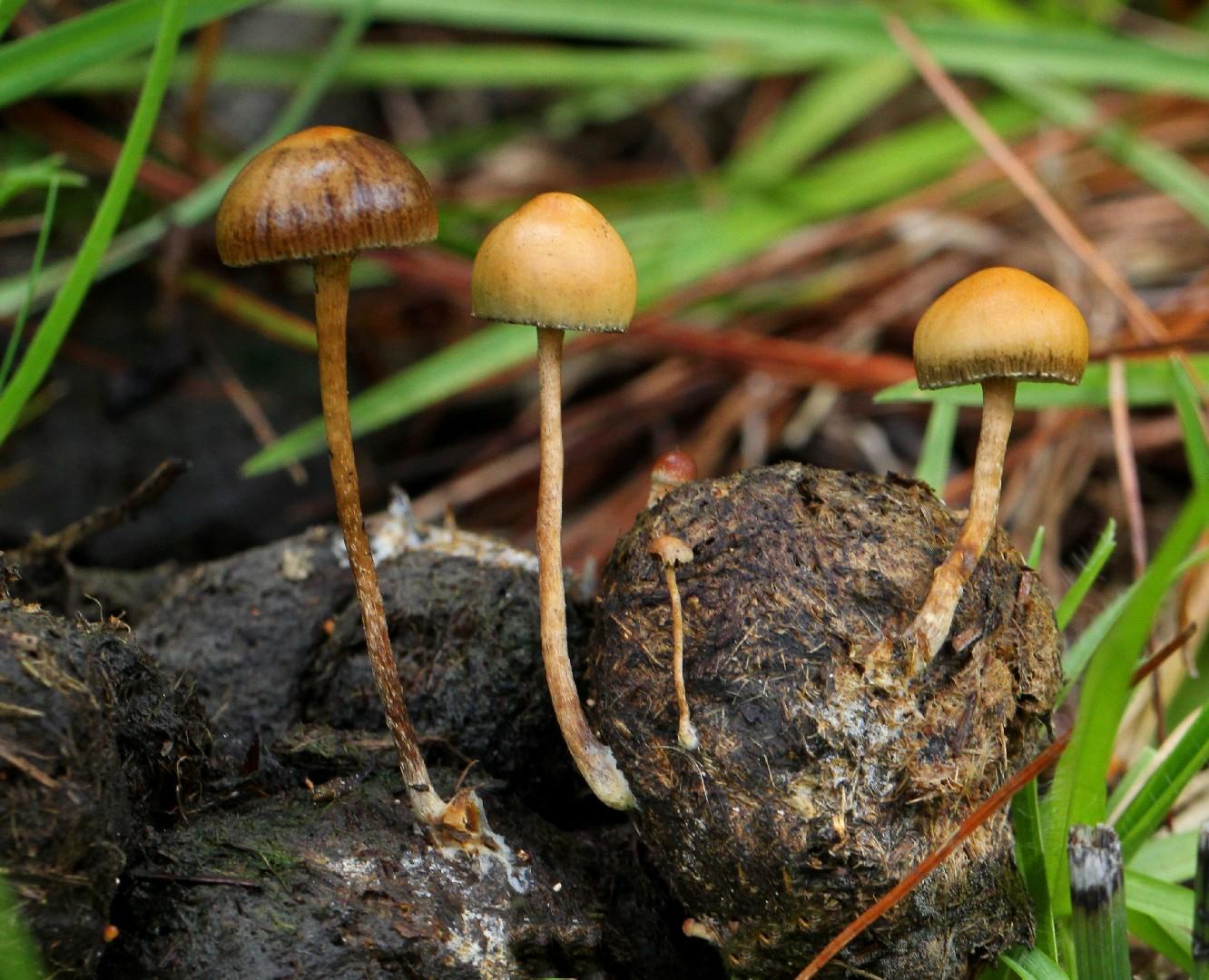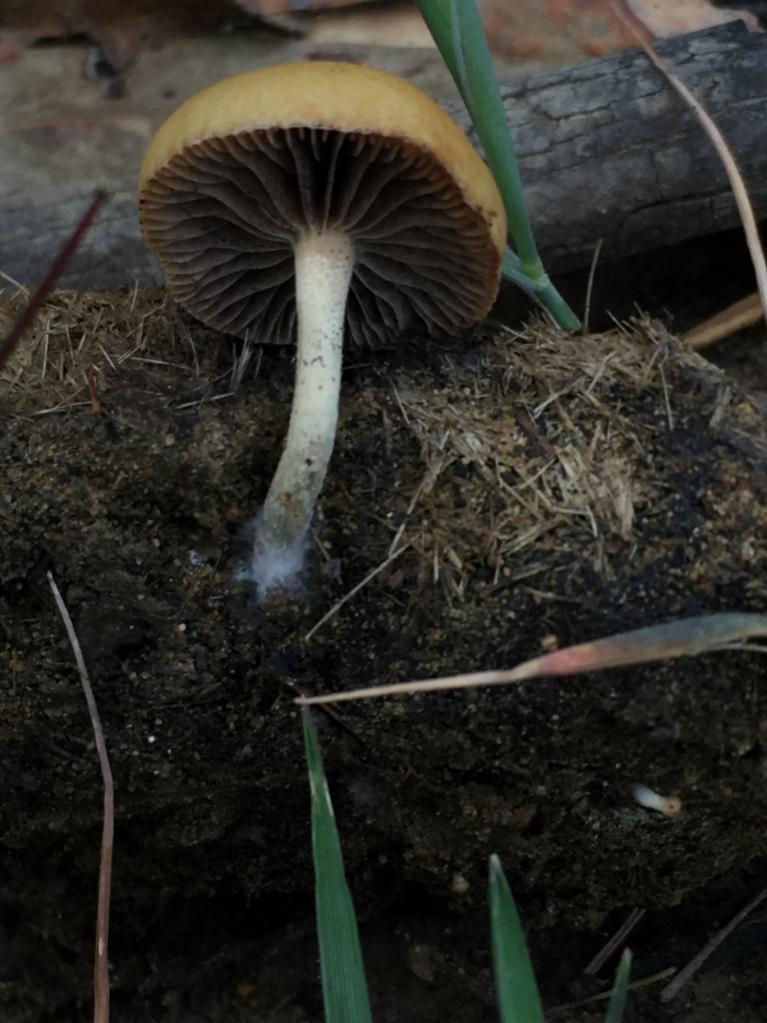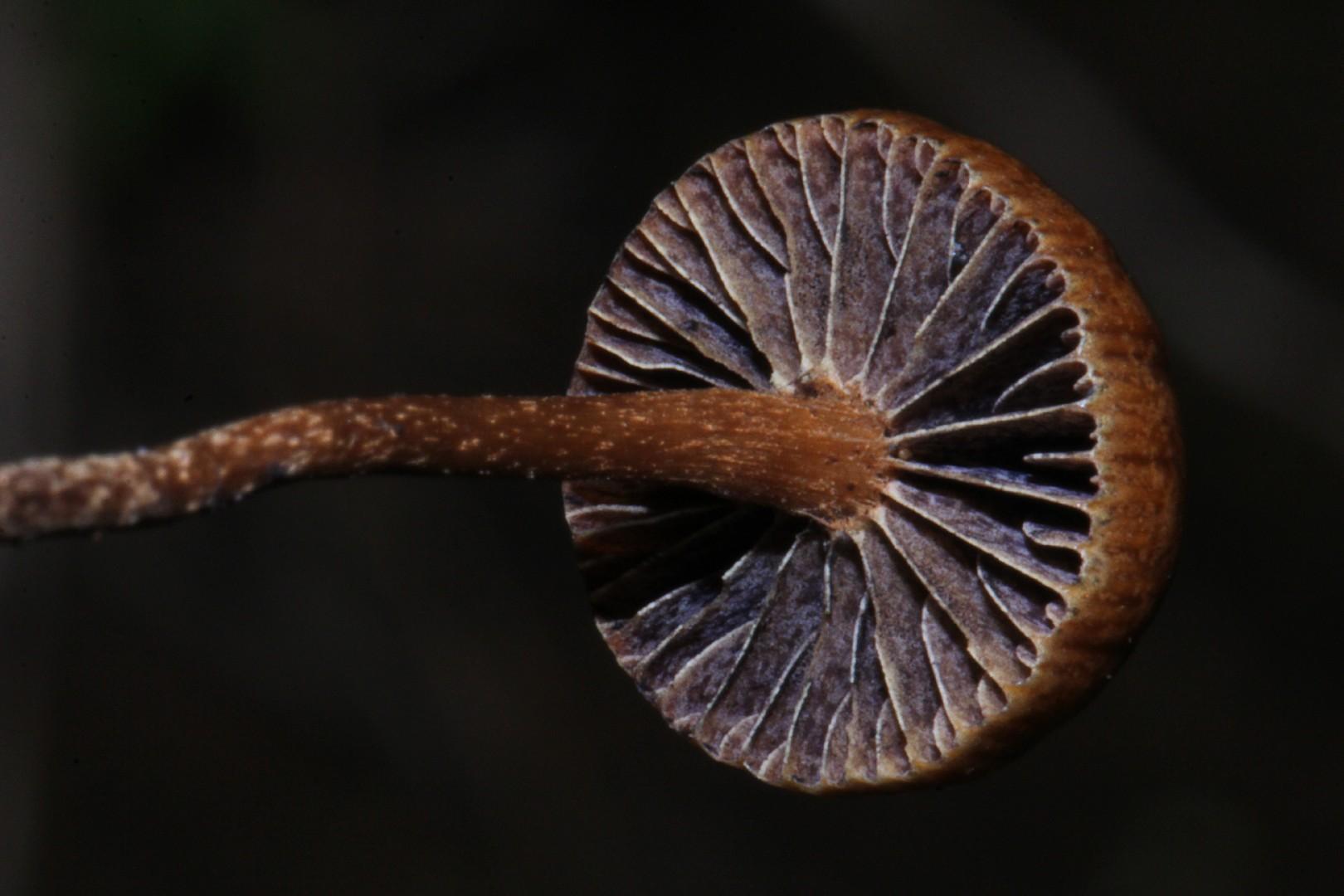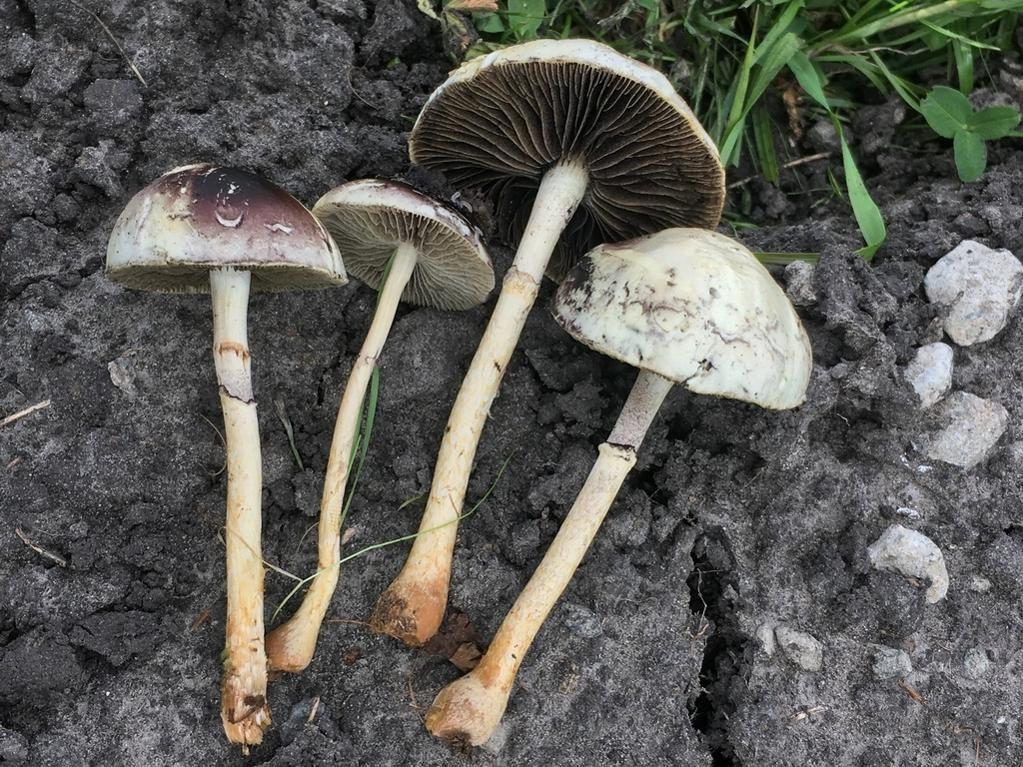



Dung-loving deconica
Deconica coprophila
A species of Deconica.
As its popular name suggests, the dung-loving deconica (Deconica coprophila) typically emerges from decaying piles of cattle or equine manure, especially following significant rainfall. Predictably, data concerning its suitability for consumption is scarce. Thus, ingesting it is ill-advised.
Attributes of Dung-loving deconica
Scientific Classification of Dung-loving deconica
Toxicity and Edibility of Dung-loving deconica
Is Dung-loving deconica Toxic?
The deconica, a fungus that thrives in dung, is frequently found in these fertile, nutrient-rich environments during warmer periods. Ingesting this species can pose serious health risks, such as gastrointestinal problems, circulatory system disturbances, visual impairments, and dizziness. Its unique forms and markings are key for precise identification, preventing confusion with harmless varieties.
Is Dung-loving deconica Toxic to Dogs?
Dung-loving deconica can be dangerous to dogs. If your pet has consumed this mushroom, seek immediate veterinary attention. Symptoms may vary, but early intervention is crucial for the best outcome.
